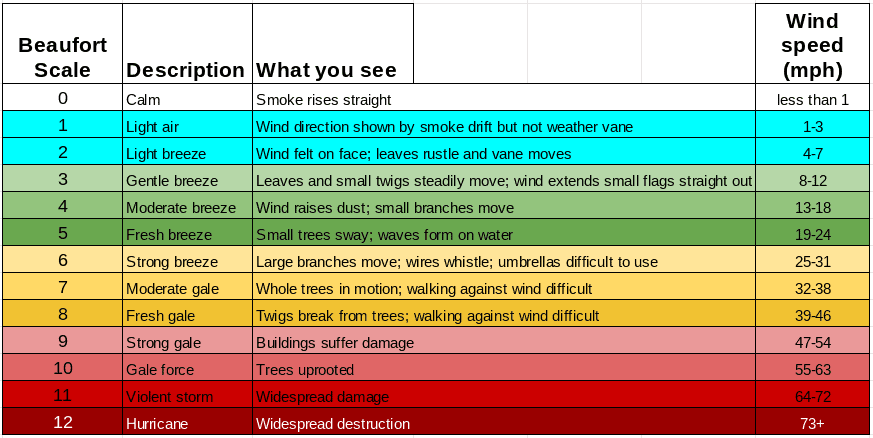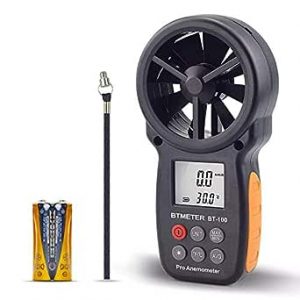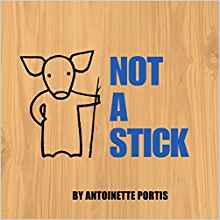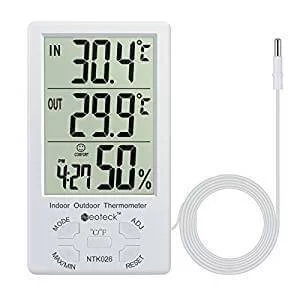|
Getting your Trinity Audio player ready...
|
After a couple of weeks of wind it was time to find a reliable forecast. After some testing, we found this to be the best. The weather station is located at Glos Airport and shows the next few days so you can plan ahead – let this be your reference (bookmark the page).

So the above chart shows wind speed (often a lot less than gusts) and potential gusts. These are the values that are important as FS Lead.
This chart shows the Beaufort Scale, importantly letting us know what to expect visually.
We always go with gusts of 34mph as a decision maker. That doesn’t mean that Forest School wont take place, merely that we will move things into an open space (i.e. the school field.).
Accurately check the wind gust speed yourself!
 Buy a Handheld Digital Anemometer from Amazon.co.uk
Buy a Handheld Digital Anemometer from Amazon.co.uk
Beaufort Scale Wind Speeds and What to Expect
0 – Calm (0-1 mph): Perfect for Stillness and Reflection
In calm conditions, the air is still, making it ideal for activities that require a sense of tranquility, such as mindfulness exercises, nature journaling, or meditative walks. Children can immerse themselves in the peaceful sounds of the forest and focus on their surroundings without the interference of strong winds.
1 – Light Air (1-3 mph): Gentle Beginnings
Light air barely stirs the leaves and is suitable for introductory activities, like team-building games or short nature hikes. It’s a gentle breeze that allows children to ease into the outdoor environment, fostering their curiosity and comfort in nature.
2 – Light Breeze (4-7 mph): Whispers in the Trees
A light breeze rustles leaves and creates a soothing backdrop for storytelling, birdwatching, or introductory nature crafts. Children can enjoy the gentle sway of branches and leaves, connecting with the forest’s quiet, stirring energy.
3 – Gentle Breeze (8-12 mph): Engaging Adventures
With a gentle breeze, you can introduce more interactive activities like tree identification, scavenger hunts, and basic fire-starting lessons. The slightly stronger wind adds an element of challenge and excitement while maintaining safety.
4 – Moderate Breeze (13-18 mph): Energy in Motion
At this wind speed, you can delve into more dynamic activities, such as kite flying, shelter building, or flying nature-inspired art projects. Children will feel the forest’s vitality as they engage with the environment.
5 – Fresh Breeze (19-24 mph): Heightening Awareness
With a fresh breeze, forest school sessions can include activities like mapping, trail maintenance, and more complex outdoor cooking. The wind keeps children alert and enhances their sensory experiences in the forest.
The Beaufort Scale is an essential tool for Forest School leaders, helping them make informed decisions about activities and safety based on wind conditions. By understanding what to expect at different wind speeds, you can ensure that your forest school sessions are not only safe but also captivating, as children learn to adapt to and appreciate the dynamic forces of nature. So, let the Beaufort Scale be your guide as you embark on educational adventures in the wild, ensuring every moment is a safe and enriching one.
If you would like to get in contact and ask any questions then please email us [email protected]


Not A Stick

Grandpa’s Marshmallow Firefork

Outdoor/indoor thermometer

